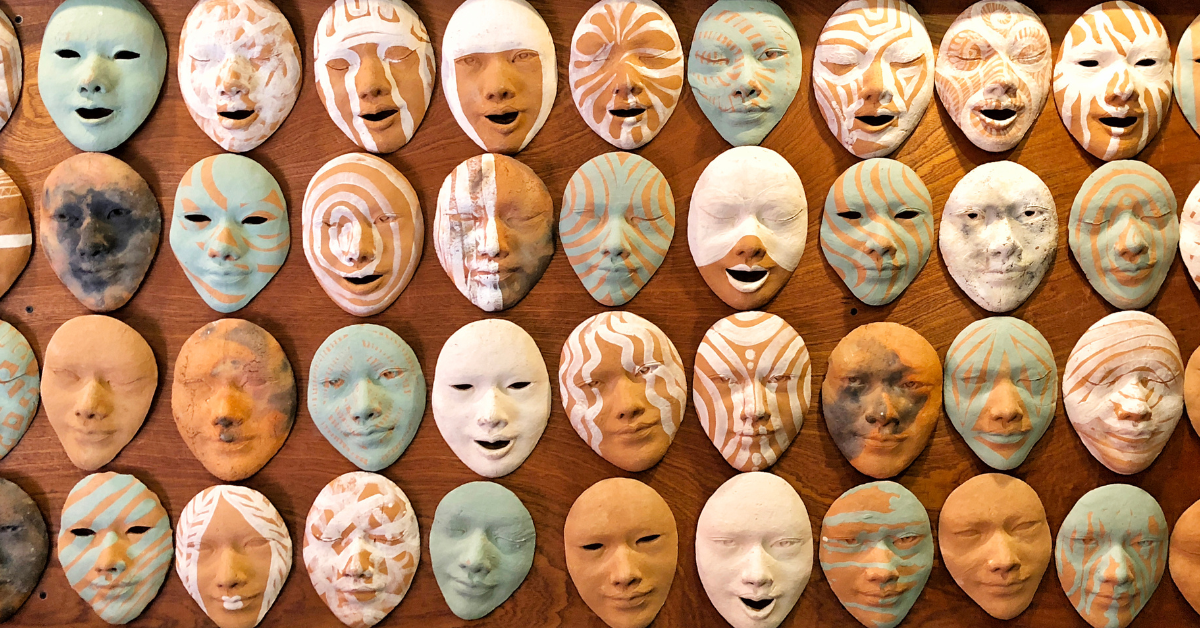In the realm of human interactions, facial expressions play a pivotal role, often speaking louder than words. Among these expressions, the smile stands out as a universal symbol of warmth, approachability, and empathy. However, not all smiles are created equal. Each smile, varying in intensity and motive, tells a different story, conveying emotions that range from joy and acceptance to sarcasm and discomfort.
The art of understanding smiles transcends mere recognition. It delves into the intricate nuances of human emotion and social communication. From a genuine smile that lights up one’s eyes to a polite, perfunctory curve of the lips, each type serves a distinct purpose and conveys a specific message. Understanding these types and their underlying meanings is not just an exercise in social awareness; it is a dive into the complexities of human psychology and interaction.
In our journey to decipher the language of smiles, we not only learn to distinguish between different types but also embrace the complexities of human emotions and interactions. This exploration is not merely academic; it is a pathway to enhancing our understanding of the subtleties in human expression. Recognizing the nuances of a smile—be it in a personal conversation or a professional meeting—can lead to deeper connections and a more profound comprehension of the unspoken elements that govern our daily interactions.
The Science of Smiling
Smiling is deeply rooted in our biology and psychology. According to research published in the Journal of Neural Transmission, smiling activates several facial muscles, primarily the zygomaticus major and orbicularis oculi. Furthermore, a study in Nature Neuroscience suggests that smiling can trigger the release of neurotransmitters like dopamine and serotonin, enhancing mood and reducing stress. This underlines the importance of smiles in our daily interactions (Nature Neuroscience Study).
Types of Smiles
Genuine Smile
The genuine smile, often referred to as the Duchenne smile, involves both the zygomaticus major muscle and the orbicularis oculi. A study in Emotion indicates that this type of smile is a reflection of true happiness and is crucial in building trust (Emotion Journal Article). Its role in establishing rapport in personal and professional relationships is further emphasized in a Harvard Business Review article, underscoring its impact in social interactions (Harvard Business Review Article).
Polite Smile
A polite smile, typically used as a social courtesy, involves a slight upward turn of the lips but does not engage the eye muscles. Research in Social Psychology Quarterly highlights its role in maintaining etiquette and professionalism, especially in diverse cultural contexts (Social Psychology Quarterly Study).

Forced Smile
A forced smile, often asymmetrical or unnaturally prolonged, can indicate masked feelings or social compliance. A Psychological Science publication discusses the ability to recognize such smiles as a key to understanding unspoken discomfort or disagreement (Psychological Science Article).
Sarcastic Smile
Characterized by irony or disdain, a sarcastic smile might include a tilted head or raised eyebrow. Its interpretation is crucial in communication, as discussed in a Journal of Nonverbal Behavior article, to prevent misunderstandings, especially in culturally diverse environments (Journal of Nonverbal Behavior Study).
Other Variants of Smiles
- Embarrassed Smile: This smile, a mix of genuine and polite expressions, is often accompanied by a downward gaze or blushing, as noted in Personality and Social Psychology Bulletin (Personality and Social Psychology Bulletin Article).
- Sad Smile: Contrasting with the eyes expressing sadness, this smile creates a poignant expression of mixed emotions, as explored in Emotion Review (Emotion Review Study).
Smiles Across Cultures
Cultural perceptions of smiles vary significantly. A Cultural Diversity and Ethnic Minority Psychology article discusses how in some cultures, smiles signify friendliness, while in others, they may be seen as insincere (Cultural Diversity and Ethnic Minority Psychology Article).
Smiles in Professional Contexts
In business, a genuine smile can foster cooperation, while a polite smile may maintain professionalism. A Journal of Business and Psychology study discusses the strategic use of smiles in leadership and negotiations (Journal of Business and Psychology Study).
While understanding smiles is key in professional settings, recognizing other expressions such as frowns is equally crucial. Discover more about interpreting these expressions in our detailed guide on Decoding Frowns and Scowls.”
Smiles in Personal Relationships
Recognizing different types of smiles can enhance personal relationships. Research in the Journal of Personality and Social Psychology highlights how discerning genuine smiles can strengthen emotional connections and empathy (Journal of Personality and Social Psychology Article).
Enhance your understanding of subtle facial cues in personal interactions by also exploring The Subtleties of Raised Eyebrows, where we delve into the nuanced meanings behind this common expression.



